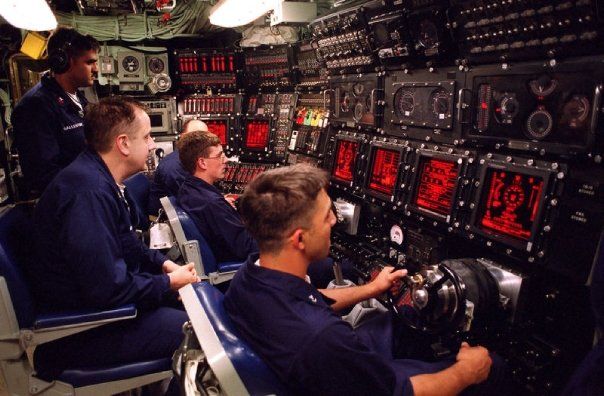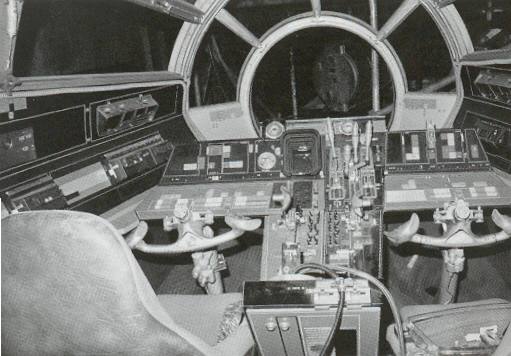This is something that has been bugging me. Pilot(Space) is the skill used to pilot starships of all shapes and sizes, from TIE's to tramp freighters, to Mon Cal star cruisers. The devs decided that flying starships was substantially different enough from flying speeders that it required a separate skill. And I agree with that. But if it is that different, should we still be using the same attribute for both skills?
The crux of this problem, for me, is that I don't find hand-eye and full body coordination abilities (represented by the Agi attribute) are as relevant to piloting in space as are spatial perception, the ability to interact with the complex controls and feedback stimuli, and the ability to out-smart your opponent. These latter qualities seem to fit better with the Cunning statistic that has been added to the game.
I think Cunning (or even intelligence) is particularly more important than Agility for piloting capital ships. But, Cunning is also important for flying space transports (e.g. the Falcon) or dogfighting starfighters. I think that Stay on Target, Evasive Maneuvers, and Gain the Advantage would work well, flavor-wise, to use the Cunning attribute as well.
This would also help break Agi away from being such a "king" statistic in ranged and vehicular combat, which I think is a bit of a problem.
Probably gonna get a lot of disagreement/hate on this, but really felt I needed to voice an opinion on the topic in case anyone else out there was thinking the same thing.
-WJL

 )
)